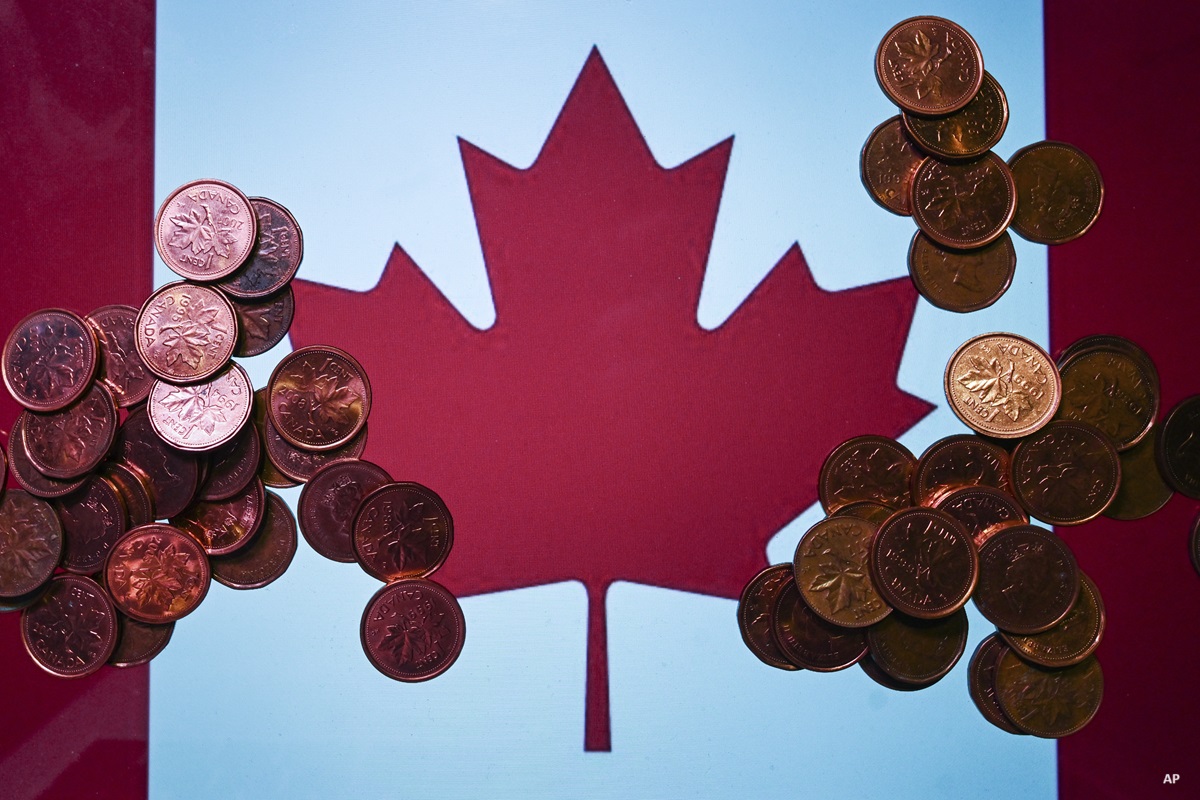Good Timing
This article addresses what is commonly called sequence risk, but that term is inadequate. The topic could just as well be called “sequence opportunity.” The point is that sometimes the order in which total returns transpire becomes important. That order may be harmful, but it also may be greatly helpful.
Let’s consider first how sequencing affects investors who are accumulating assets. Assume someone saving for retirement. Each year she invests an inflation-adjusted $10,000 into her portfolio. She does not begin until age 35, but once she starts her timing appears to be excellent, as her portfolio gains an annualized 15% during its first decade. The next decade its performance slows, but its annualized return remains satisfactory, at 8%. During her final 10 years of employment, the portfolio earns only 1% per year. Throughout her career, the annual inflation rate has been 3%.
At retirement, the account has a nominal value of $1,076,401, which sounds impressive. However, when adjusted for inflation, the amount drops to $443,463—a disappointing total, given that the employee contributed $300,000. One would have hoped for a cheerier result than that, given how wonderfully the portfolio performed during its inaugural decade.
The problem, of course, is that the employee’s account was small when the returns were strong. Sure, it’s nice to book a 15% gain on a $90,000 stake, as occurred during the participant’s Year 7, but it’s better yet to do so when the account holds several hundred thousand dollars. For accumulators who save on an ongoing basis, constantly placing new moneys into their portfolios, evening parties beat morning affairs. (This statement does not apply to single-purchase investors. If no assets enter or exit the account, the return sequence is immaterial.)
Bad Timing
Now assume identical portfolio performance, except in reverse order. The portfolio gains 1% annually in the first decade, 8% through the second, and 15% during the third. In that case, the employee would finish with a cool $2,535,347, which equals $1,044,529 in current dollars. Switching the order of the returns increased the retirement fund by 136%!
The chart below shows each portfolio’s progression, along with that of a third possibility: a portfolio with the same 30-year total return, but achieved steadily, with fixed annual performances. The figures are computed in real terms.
:quality(80)/cloudfront-us-east-1.images.arcpublishing.com/morningstar/GIXZNCLKGZESLI5HSPCNKKSXZI.png)
As one would expect, the consistent portfolio lands in the middle. It, however, is not the Goldilocks solution. The lesson is clear: The more backloaded the investment performance for investors, the larger their nest eggs.
The Sequence Effect During Retirement
After the employee retires, the analysis reverses. The earlier that high portfolio returns arrive, the happier the retiree’s situation. The scenario that had previously disappointed now becomes very attractive. With 15% annual gains feeding its kitty, the portfolio that begins with a bang will grow during the initial retirement decade, even while sustaining an ambitious withdrawal rate. Barring a financial-market catastrophe, our investor’s investment future will be secure.
For example, withdrawing 6% each year from the portfolio, adjusted for inflation—an amount that far exceeds the customary 4% rule of thumb for portfolio spending over a long period—presents no problems whatsoever. By the end of Year 10, the portfolio’s real value will have increased by 93%. As the portfolio has become much larger, while also supporting a shorter time horizon, the retiree can withdraw even more from her assets, if she desires.
But woe betide the retiree who lives in the mirror universe. She receives a puny 1% annualized gain—which translates to a loss, in real terms—for the decade after she stops working. Her portfolio cannot withstand such withdrawals. By Year 10, it has shrunk to only 28 cents on the dollar. The retiree’s spending plan has been irredeemably destroyed. Even an immediate bull market cannot rescue her.
Bankrupt, Surviving, and Booming
Here are the paths for the two portfolios, along with that of the neutral portfolio that consistently matches their average annualized rate of return. In each case, I have assumed the aforementioned 6% annual withdrawal rate and a starting value of $600,000. (The actual number is irrelevant, but better to show dollars for this illustration than percentages.) The figures once again are in real terms.
:quality(80)/cloudfront-us-east-1.images.arcpublishing.com/morningstar/5I27IAJDKFANZIS3QQI64DE5H4.png)
By Year 16, the second retiree is already busted. The fixed-return portfolio fares much better, managing to survive the full three decades. However, it will soon vanish, becoming depleted during Year 32. Meanwhile, the first retiree’s account finishes a 30-year horizon substantially above its beginning value.
Let’s combine these two exercises. This column’s final chart depicts the after-inflation spending amounts achieved by three hypothetical investors. Each observed this article’s conditions by contributing $10,000 annually into a 401(k) plan for 30 years and then spending that portfolio over the next 30 years. Each also received the same compounded rate of total return, before and after retirement.
However, their timing was markedly different. Lucky Starr was doubly blessed, benefiting from high portfolio returns while approaching retirement, and then once it commenced. Bad Luck Betty suffered the opposite fate. Finally, Steady Edie received the same investment result, year after year, decade after decade.
:quality(80)/cloudfront-us-east-1.images.arcpublishing.com/morningstar/ZV5S62UGNNE2TDO4IDDUSX3DOI.png)
Conclusion
The order in which investment returns arrive is typically regarded as a risk faced by retirees. While correct, in that inopportune losses can sink retirement portfolios, that tale is incomplete. For one, return sequences can help performance as well as hinder it. For another, the sequence of returns also affects employees who are continually adding to their portfolios. Their retirement fortunes are therefore determined not only by how much they save and how well their investments perform but also by when the tides flow.
The views expressed here are the author’s.





:quality(80)/cloudfront-us-east-1.images.arcpublishing.com/morningstar/G3DCA6SF2FAR5PKHPEXOIB6CWQ.jpg)


:quality(80)/cloudfront-us-east-1.images.arcpublishing.com/morningstar/KWYKRGOPCBCE3PJQ5D4VRUVZNM.jpg)












